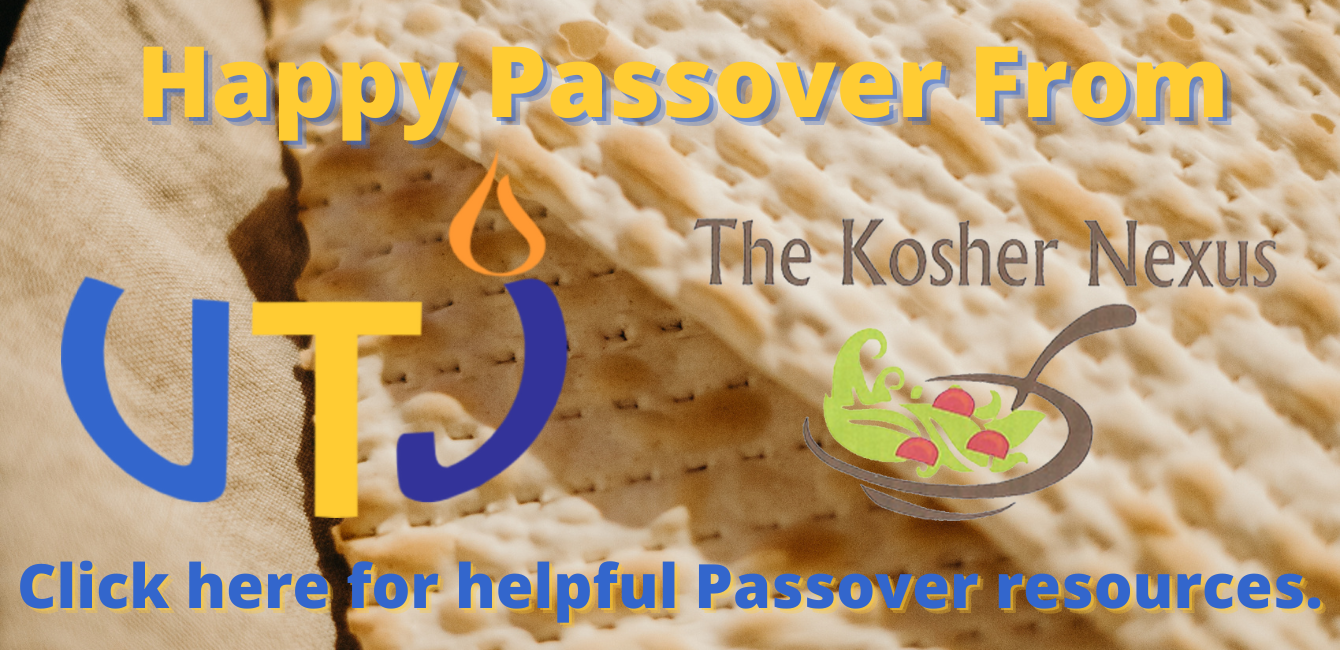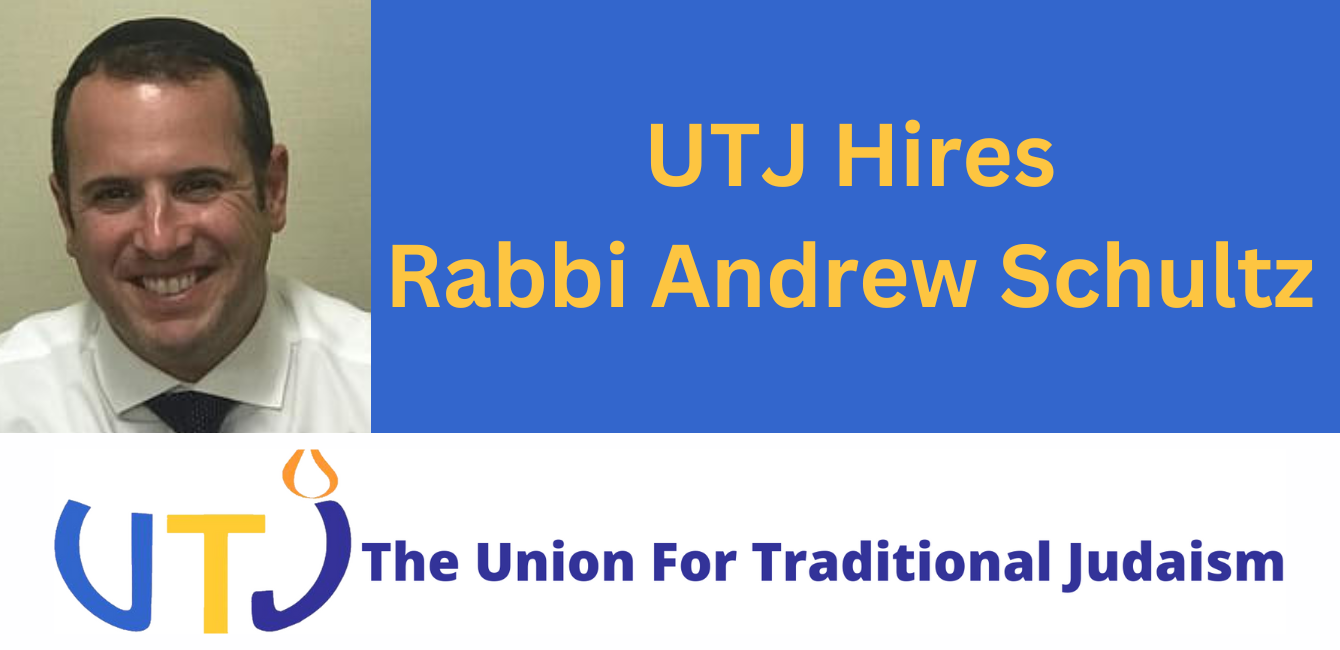by Rabbi Noah Gradofsky
Disclaimer: The opinions expressed here are that of the writer and do not necessarily represent the views of the Union for Traditional Judaism, unless otherwise indicated.
Ya’Aleh v’Yavo (“Arise and Come,” hereafter abbreviated as YvY) seems to be a prayer uniquely designed for the Zikhronot (Remembrance) section of the Rosh Hashnah Musaf. In fact, in Jewish Liturgy: A Comprehensive History, Ismar Elbogen notes that R. Paltoy Gaon (ca. 850) stated that the original location of YvY was in Zikhronot on Rosh Hashanah, which “would explain the frequent repetition of the words זכרון and פקדון, ‘memory’ and ‘remembrance.’”[1] Elbogen writes further that “[i]n the prayer book of R. Sadia, ‘Arise and Come’ is found only in the Remembrance verses in the Additional Service, with some justification as we have seen.”[2] Elbogen further speculates that “[p]erhaps originally ‘Arise and come’ served as the petition at the end of Zikhronot.”[3]
It is thus confounding that YvY is not to be found in the Zikhronot section of Ashkenazi mahazorim?[4] How can we account for this omission?
I would suggest that perhaps the answer to this question is that while YvY was designed for Zikhronot, it was designed for a Zikhronot section that functioned significantly differently than our current Zikhronot section.
The Talmud tells us that there were multiple opinions as to how the Rosh Hashanah Musaf Amidah could be designed to include three special sections, Malkhuyot (Kingship), Zikhronot (remembrances), and Shofarot, while only having a total of nine blessings. In Mishnah Rosh Hashanah 4:5 Rabbi Yohanan b. Nuri says that the third blessing of the Amidah (Kedushah, Sanctity) should be joined with the Kingship section, whereas Rabbi Akiva calls for Kedhushat Hayom (the Sanctification of the Day) to be combined with Kingship. Current practice follows Rabbi Akiva. Rabbi Simeon b. Gamliel offers a third opinion in the Jerusalem Talmud Rosh Hashanah 4:6.[5] In his opinion, the Zikhronot section should be combined with the Sanctification of the Day.[6]
It seems to me quite likely that YvY was originally a composition for an Amidah section that combined Zikhronot with the Sanctification of the Day in the tradition of Rabbi Simeon b. Gamliel. After all, YvY combines constant reference to remembrance with an as explicit reference to Rosh Hashanah and further prays for God to remember us positively on Rosh Hashanah. In fact, Elbogen notes that YvY is called “The Sanctification of the Day” in Tosefta Berakhot 3:10.[7] This is similar to the speculation that the inclusion of ובכן תן פחדך (and thus place Your fear), ובן תן כבוד (and thus place Your glory), ובכן צדיקים (and thus the Righteous), and ותמלוך (and rule), as well as the conclusion of the Holiness blessing, is a vestige of the combination of the Kingship section with the Holiness blessing in the tradition of R. Yohanan b. Nuri.[8] If this is the case, the fact that Zikhronot and the Sanctification of the Day are not combined in our Rosh Hashanah Musaf may account for why YvY is not recited by Ashkenazim in the Zikhronot section of the Musaf Amidah on Rosh Hashanah.
[1] §9 p. 51 (citations omitted). Quotations from Elbogen are from Raymond P. Scheindlin’s English translation.
[2] §24 p. 123 (citations omitted)
[3] § 24 p. 120-121.
[4] Thank you to Efy Berkowitz for noting that YvY is present in Zikhronot in the Sephardi rite.
[5] Page 59c in the classical pagination, page 20a in the Vilna pagination.
[6] For further discussion of these three opinions and where they gained prominence, see Elbogen §24 p. 118.
[7] §9 p. 51. More accurately, the Tosefta states that on weekdays when Musaf is recited, the Sanctification of the Day is recited in the Worship blessing (the 17th blessing of the Amidah), which Elbogen assumes, quite reasonably, to be a reference to YvY based in part of Soferim 19:5 and 19:8 and presumably on common practice. (Note that my reference to 19:5 and 19:8 follows the Bar Ilan Responsa CD while Elbogen refers to Soferim 9:7 and 11. The hyperlinks lead to Sefaria which has these texts as 19:7 and 19:11. Presumably the Elbogen text is using the same delineation as Sefaria but missed the 1 before the 9).
[8] See Elbogen §24 p. 118. CF the following text from Daniel Goldshmidt’s Rosh Hashanah Mahazor, introduction page כ, which was pointed out to me by Rabbi Robert Scheinberg:
Enjoying UTJ Viewpoints?
UTJ relies on your support to promote an open-minded approach to Torah rooted in classical sources and informed by modern scholarship. Please consider making a generous donation to support our efforts.



















